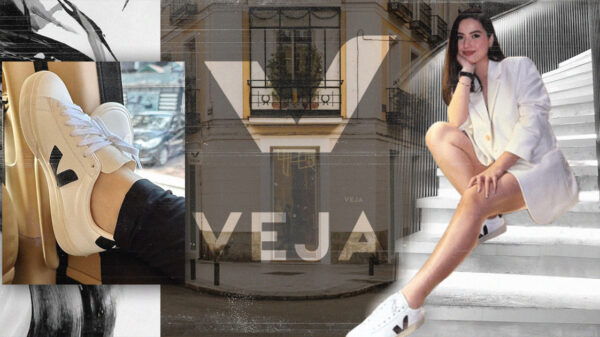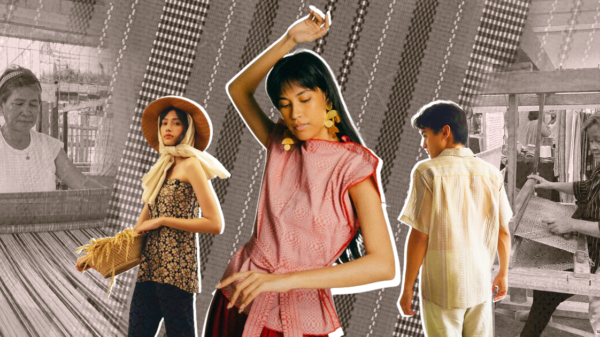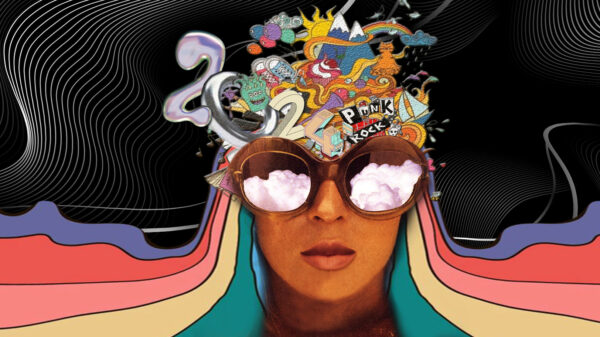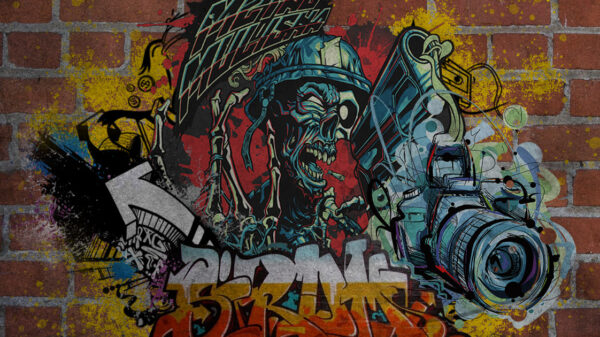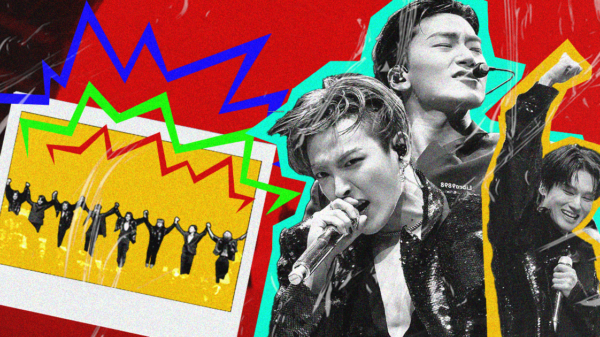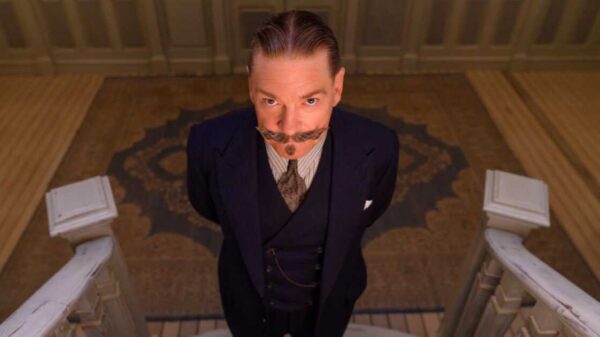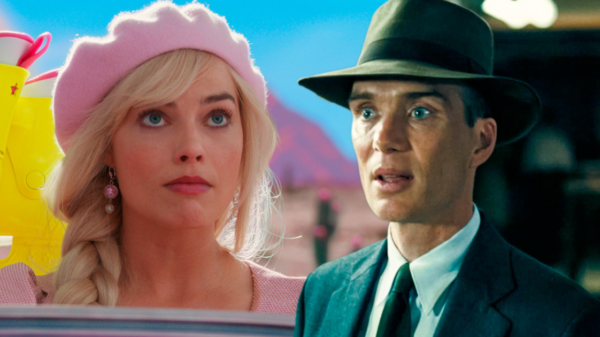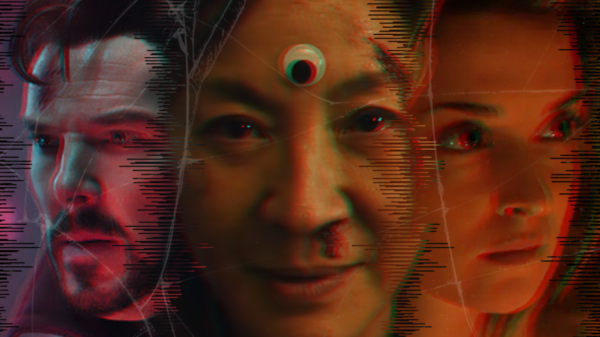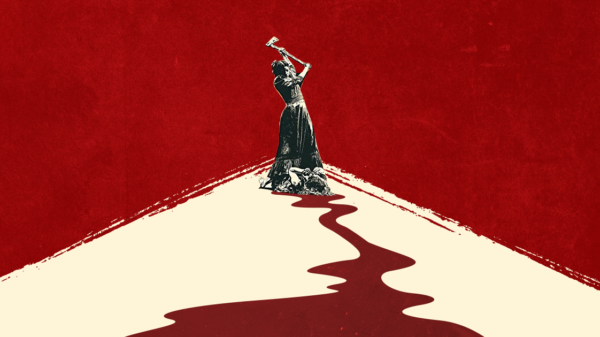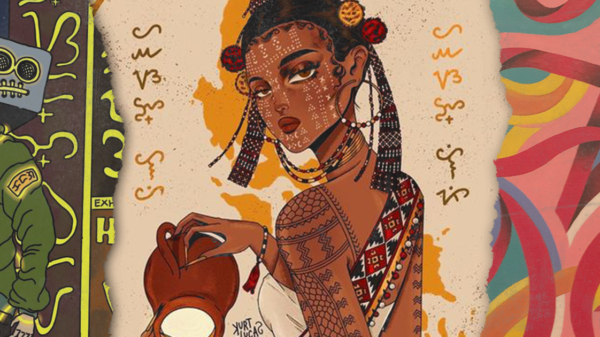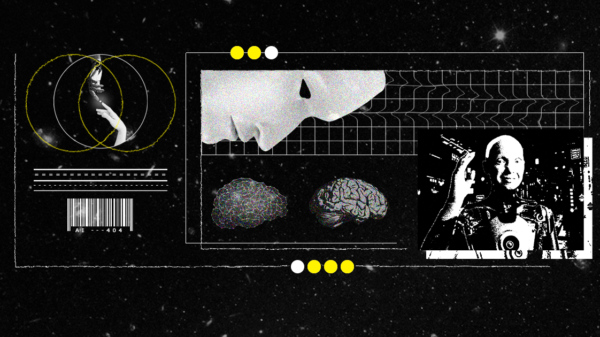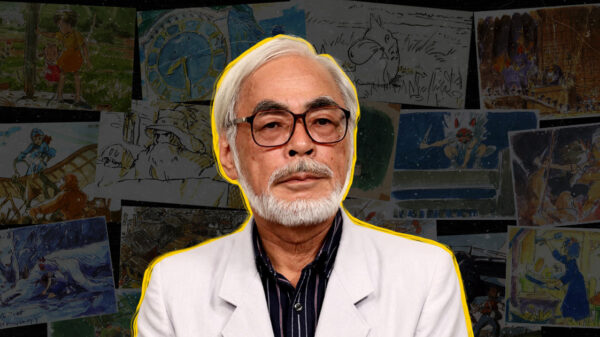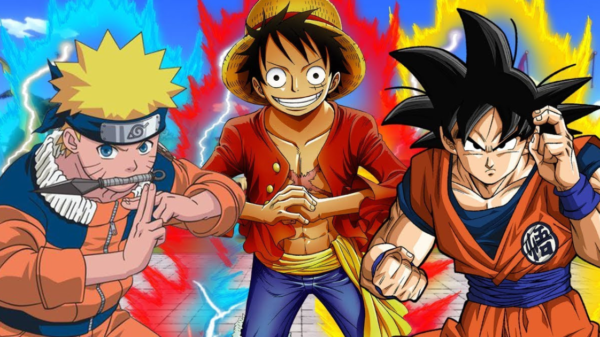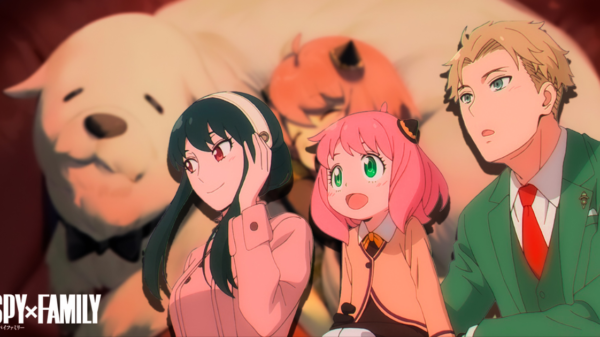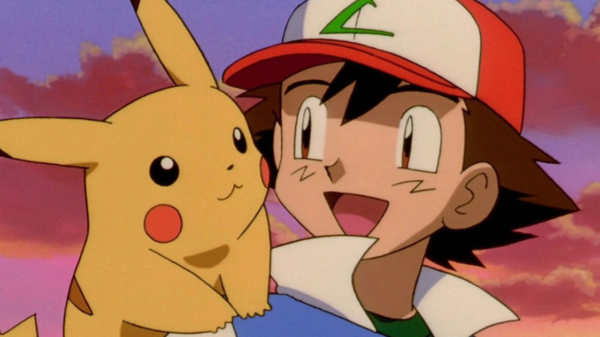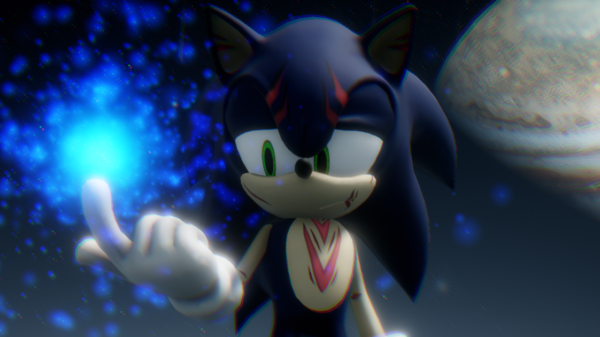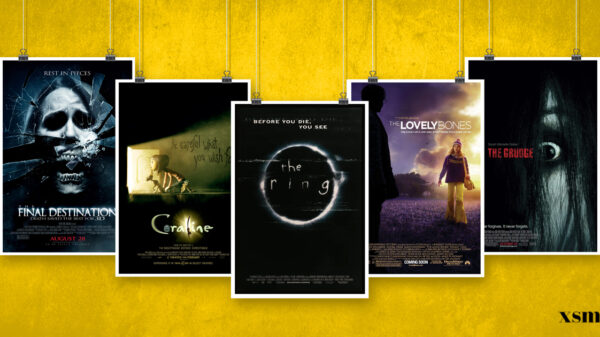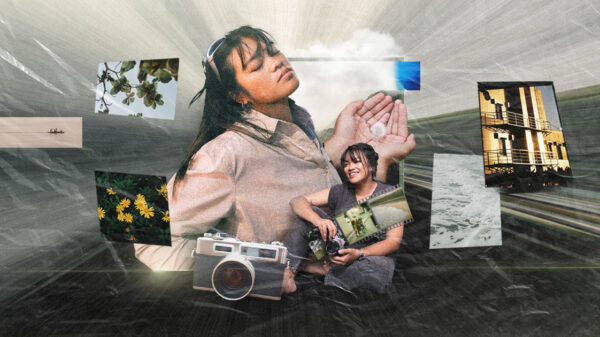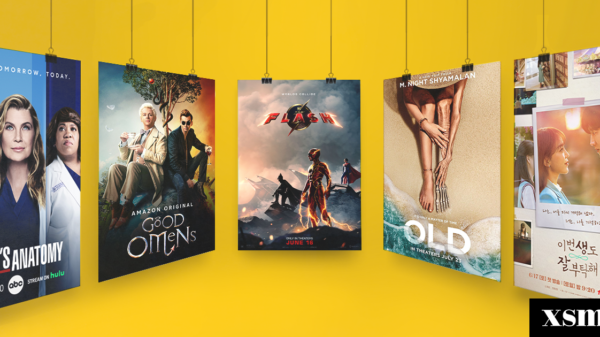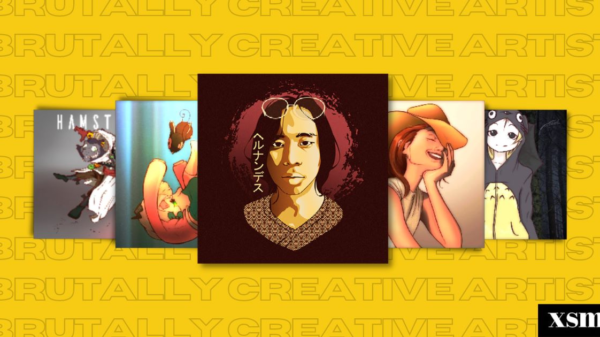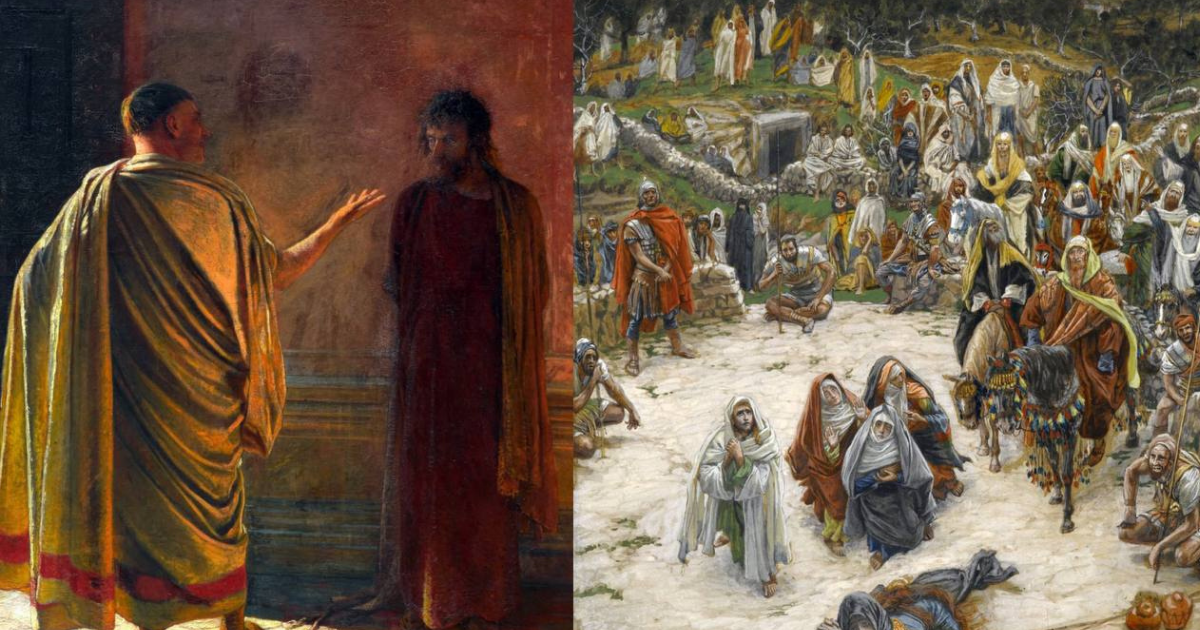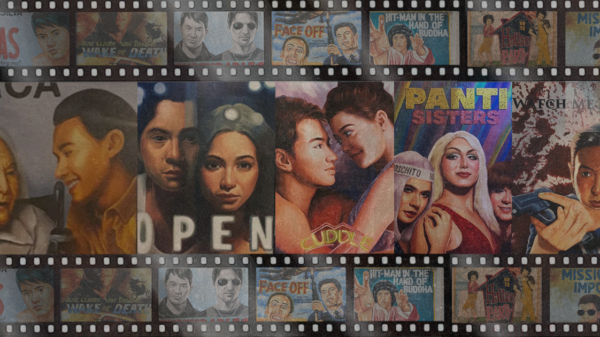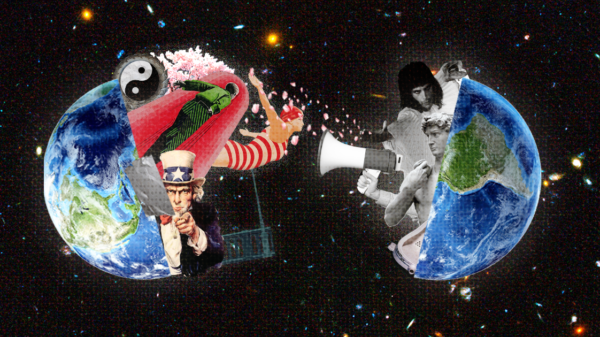Easter is here and as we celebrate it, we can look upon these famous paintings that will help us commemorate or understand a little bit of a story with an art that corresponds with it.
1. Da Vinci’s Last Supper

The Last Supper is the meal that Jesus shared with his disciples before he gets betrayed, arrested and crucified. The gospels tell us at the Last Supper, Jesus predicts that one of his disciples will betray him, and that Peter will deny knowing him 3 times. Da Vinci’s Last Supper painting is currently housed in the Santa Maria della Grazie in Milan.
2. The Agony in The Garden of Gethsemane

The Agony in the Garden is the first Sorrowful mystery of the rosary and the First Station of the Way of The Cross. It is an early painting by the Italian Renaissance master Giovanni Bellini, who painted it around 1459–65.
3. Carravagio’s Betrayal of Christ
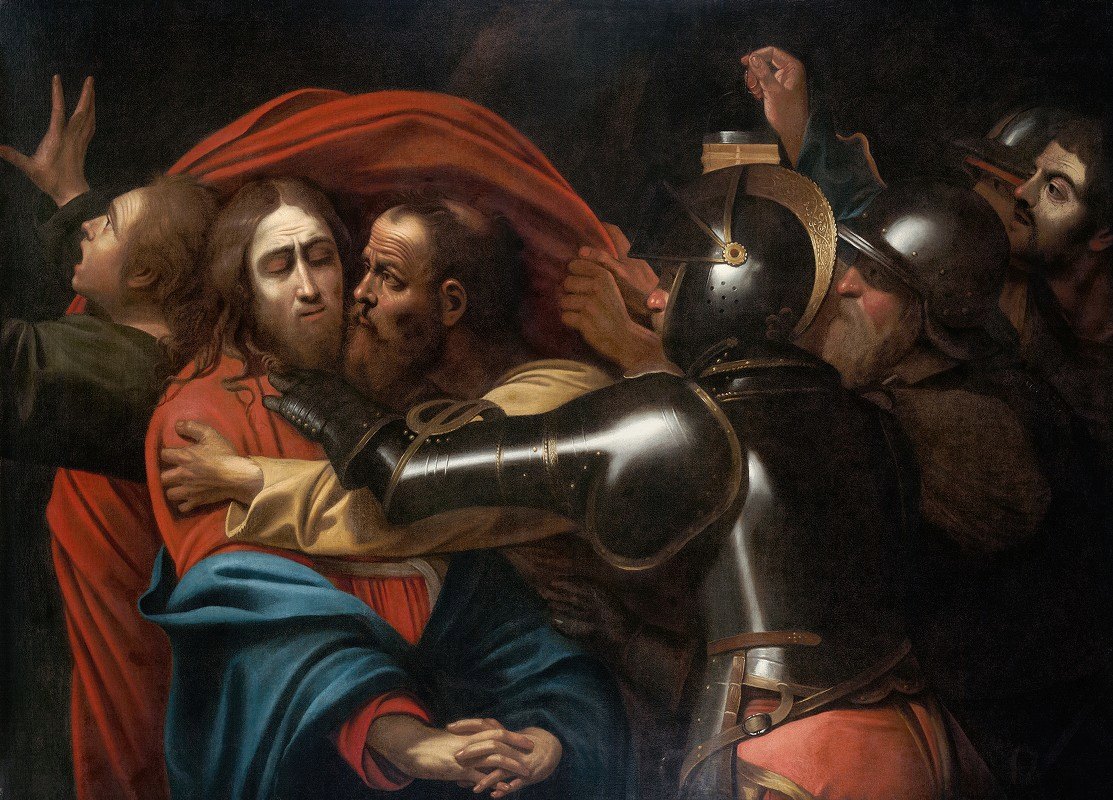
Also known as the Betrayal of Christ, this painting is how Judas identified Jesus to the mob who had come from the chief priests to arrest him. This painting is by the Italian Baroque master Michelangelo Merisi da Caravaggio. By the late 18th century, the painting was thought to have disappeared, and its whereabouts remained unknown for about 200 years.
4. Madrazo’s Jesus about to be struck in front of former High Priest
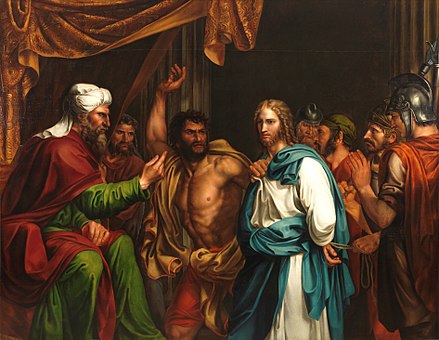
In this famous religious Easter painting we see The Sanhedrin trial of Jesus, which refers to the trial of Jesus before the Sanhedrin (a judicial body).
5. Segher’s The Denial of Saint Peter
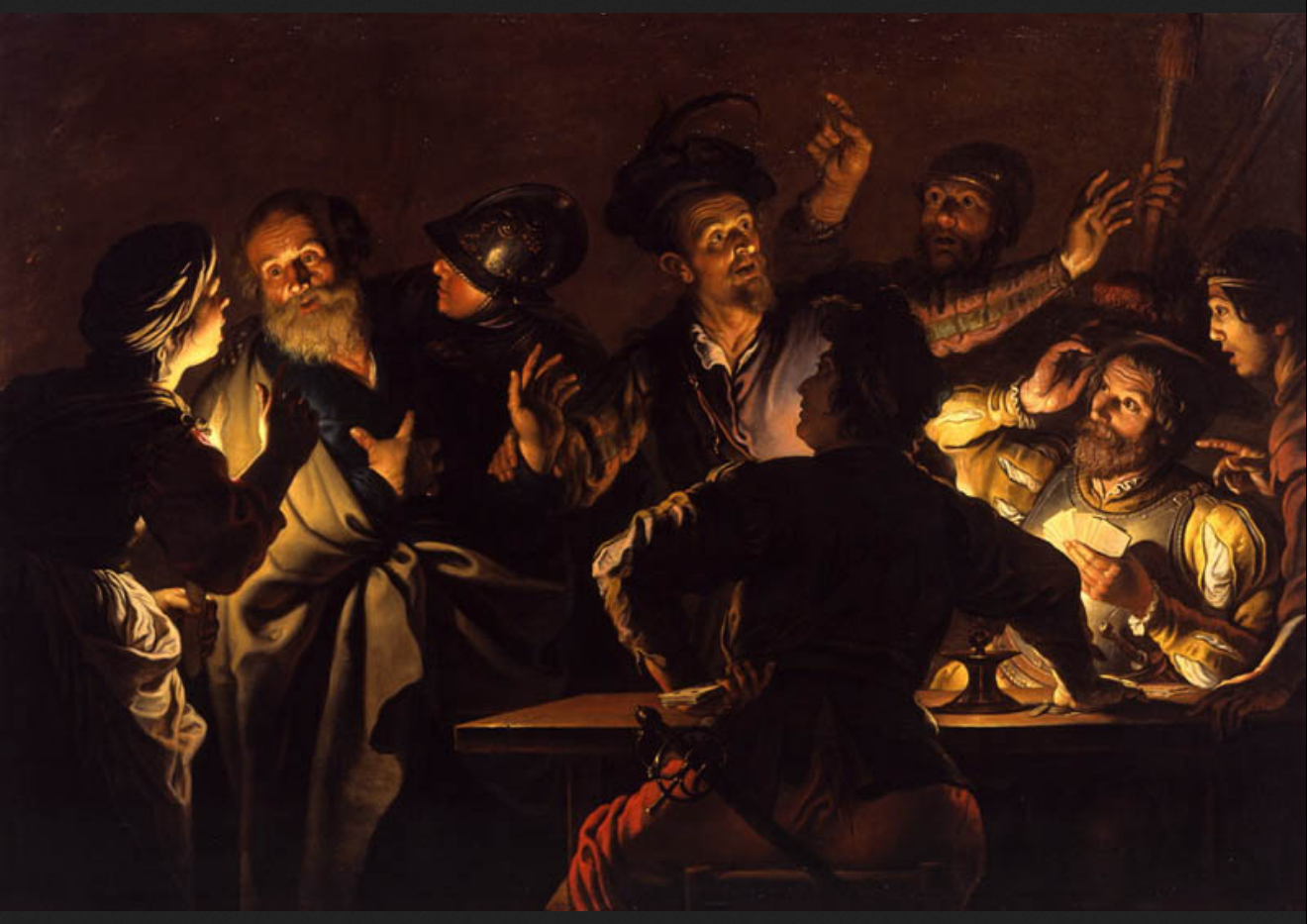
In this famous Easter painting we can see Peter denying Christ to those that ask him. Jesus predicted that Peter would deny knowledge of him, stating that Peter would disown him before the rooster crowed the next morning.
6. Caravaggio’s Denial of Saint Peter
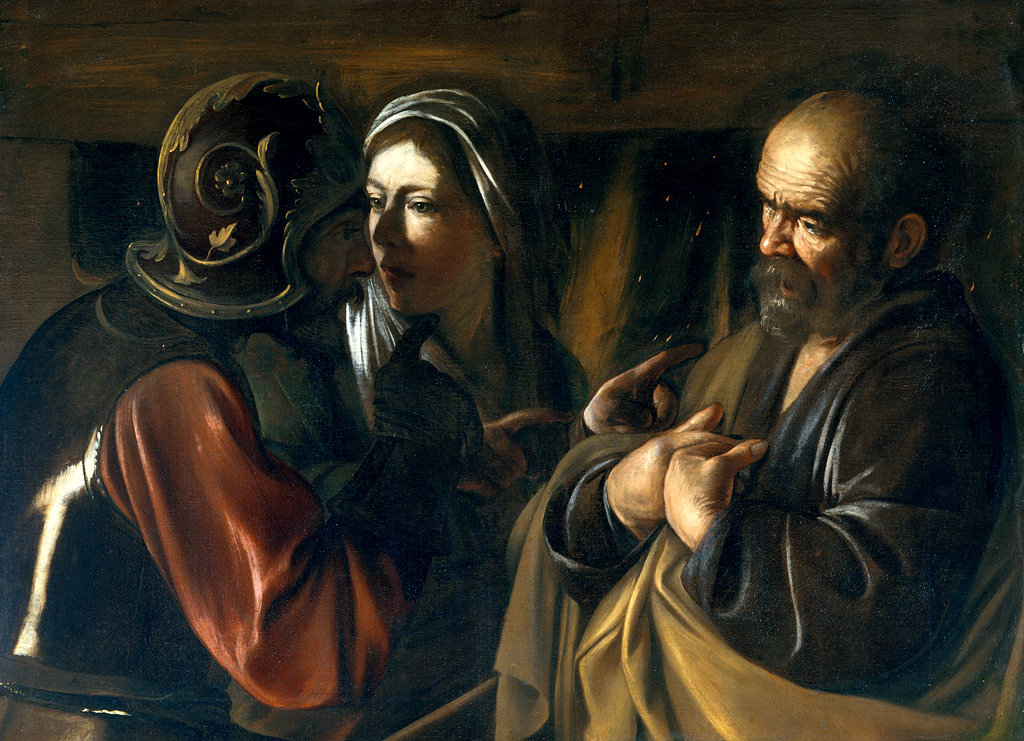
This is another painting interpretation by Caravaggio. It depicts Peter denying Jesus after Jesus was arrested. The painting is housed in the Metropolitan Museum of Art in New York City.
7. Nikolay Nikolayevich Ge‘s What is truth?
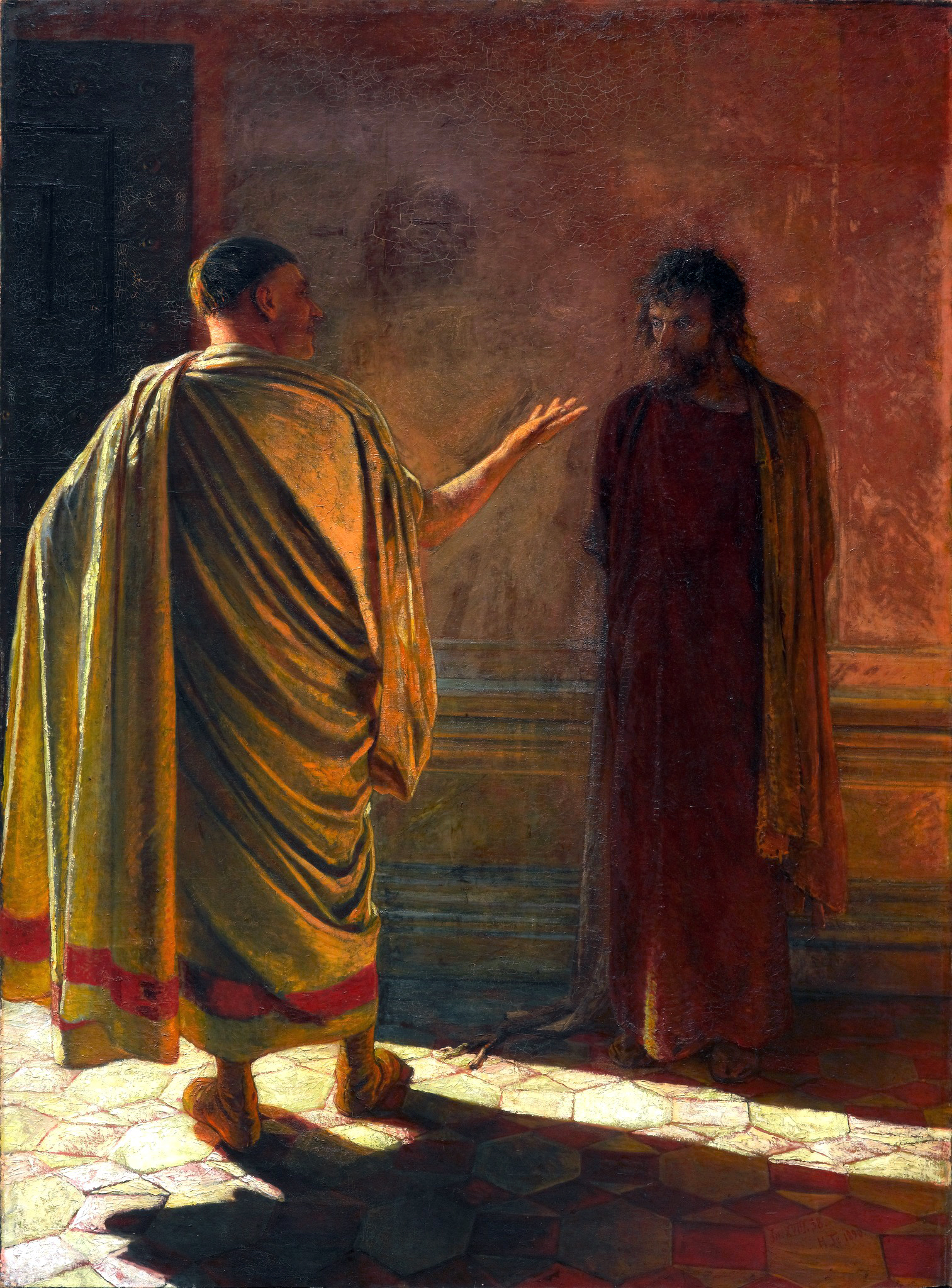
This is an oil painting produced in 1890 by Russian painter Nikolai Nikolayevich Ge. The theme of this painting was inspired by the 18th chapter of the Gospel according to John. In this painting as the name suggests, Jesus had come to witness to the truth. Pilate asking Christ: “What is truth?” he looks as if he already knows the answer. A beam of light separates the two figures.
8. Ciseri’s Behold the Man
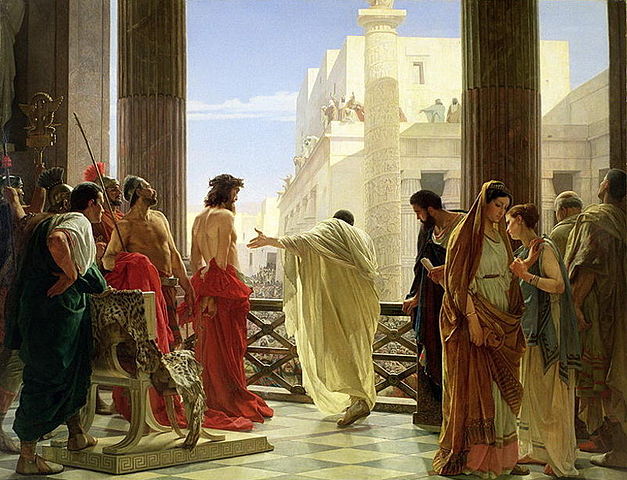
This famous Easter painting depicts Pilate presenting Christ to the people of Jerusalem. It is generally assumed (based on the gospels) that the crime for which Jesus was brought to Pilate and executed was sedition, founded on his claim to be king of the Jews.
9. Rubens – The Flagellation of Christ

The Flagellation of Christ by Peter Paul Rubens is a carefully elaborated sketch or modello for the painting of the same name in the Dominican church, which is the present St Paul’s Church in Antwerp. This is a is a scene from the Passion of Christ very frequently shown in Christian religious art. It is also the fourth station of the modern alternate Stations of the Cross.
10. El Greco’s Christ Carrying the Cross
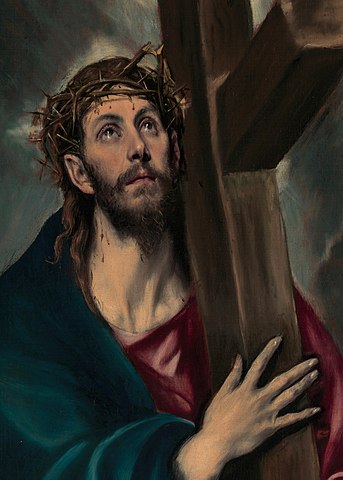
This painting was produced by El Greco in early in his Toledo period circa de 1580. The picture depicts Christ in a moment of personal reflection as he carries the cross to his death, therefore committing the ultimate sacrifice for humankind.
11. Titian’s Christ Carrying the Cross

Christ Carrying the Cross is a 1505 oil painting attributed to either the Italian Renaissance master Titian or Giorgione. Christ is painted with a tearful gaze staring straight at the viewer, we can see the rope around his neck, the crown of thorns and droplets of blood on his face. Simon of Cyrene is also shown in this artwork as helping Jesus carry his Cross.
12. Raphael’s Christ falling on the way to Calvary

This was painting by the Italian High Renaissance painter Raphael, of c. 1514–16, now in the Museo del Prado in Madrid. It shows the iconic moment when Jesus falls and his mother, Mary suffers a spasm of agony, also known as the swoon of the Virgin.
13. Bruegel the Elder’s Procession to Calvary
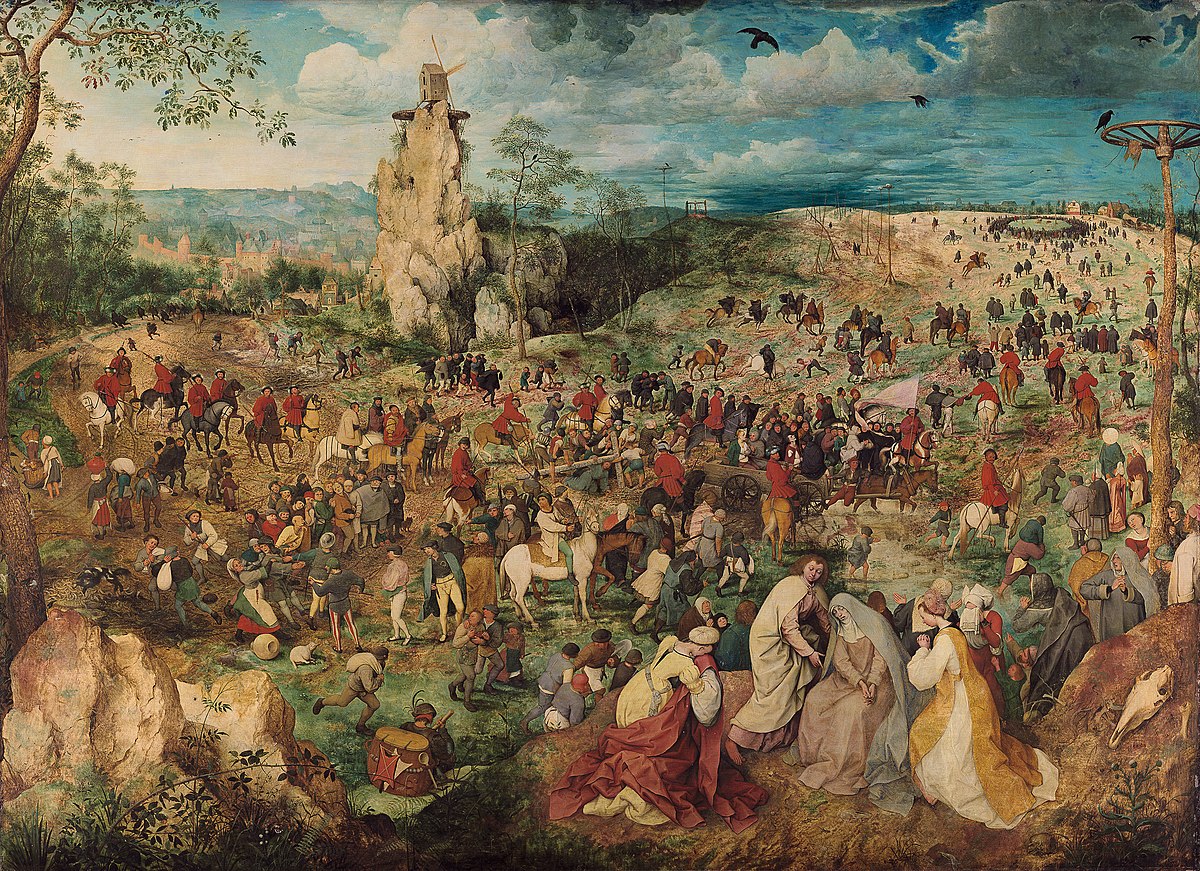
The Procession to Calvary is an oil-on-panel by the Netherlandish Renaissance artist Pieter Bruegel. What is interesting about Bruegel The Elder’s Procession to Calvary is that everybody with the exception of Jesus is in contemporary dress as Bruegel clearly wanted to make a reference to his own day. Calvary is a another name for the Golgotha hill, which the gospels of Mark and Matthew both translate Golgotha as the place of the Skull – A place outside of Jerusalem’s walls where Christ was crucified.
14. Caravaggio’s The Crowning with Thorns
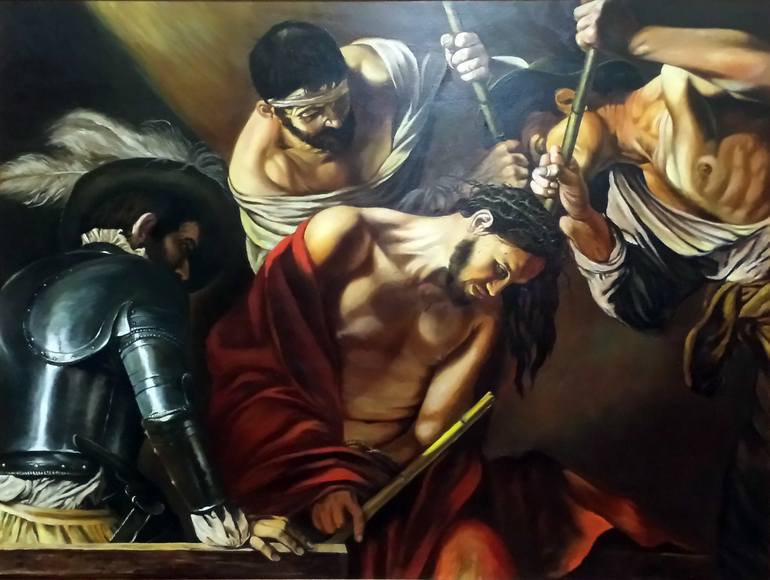
The Crowning of Thorns is a painting by Caravaggio based on the gospel of Matthew. Located in the Kunsthistorisches Museum (Vienna), the central theme for this painting is pain and sadism.
15. Velazquez’s Christ Crucified
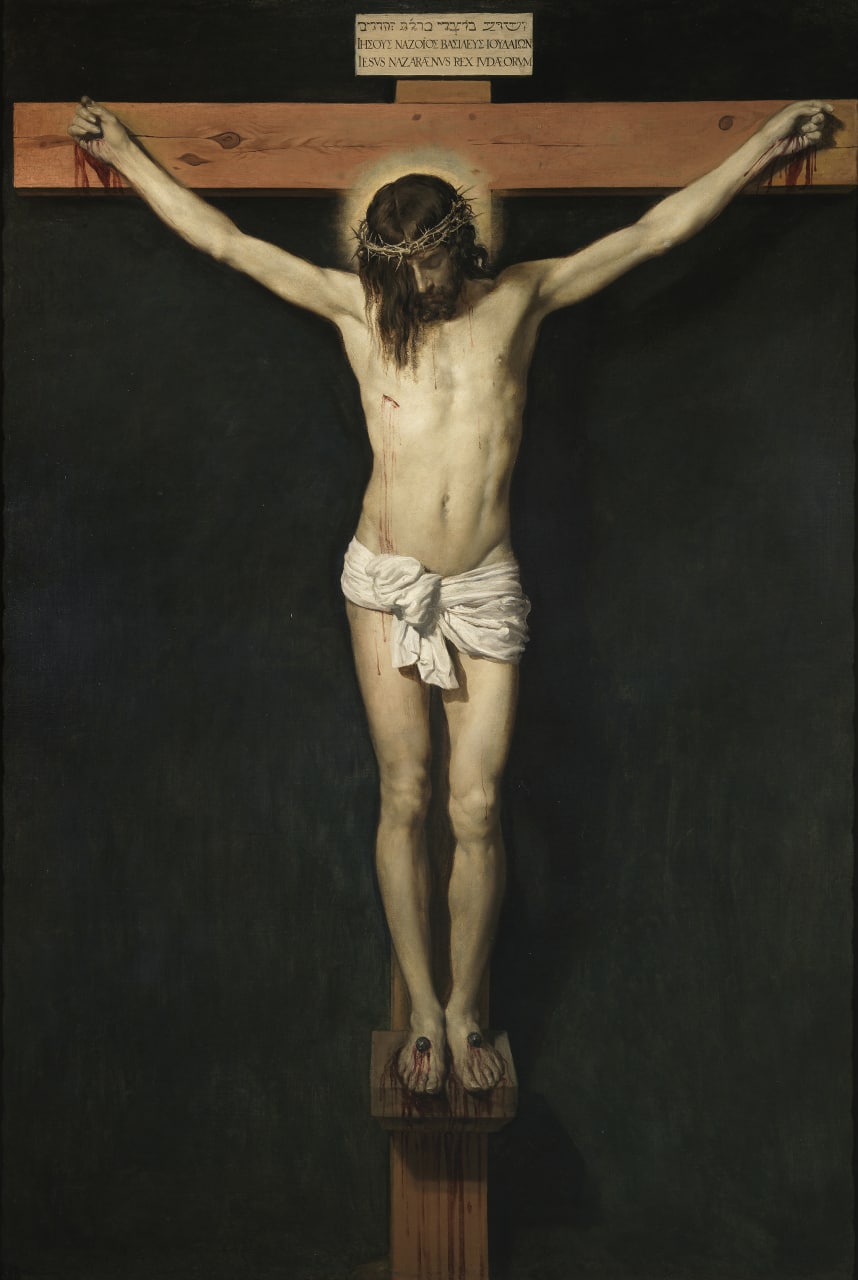
Christ Crucified is a 1632 painting by Diego Velázquez depicting the Crucifixion of Jesus. Christ here is pale and has ben painted with a divine sense of beauty, the influence of Classicism is very evident.
16. Tissot’s Crucifixion, seen from the cross
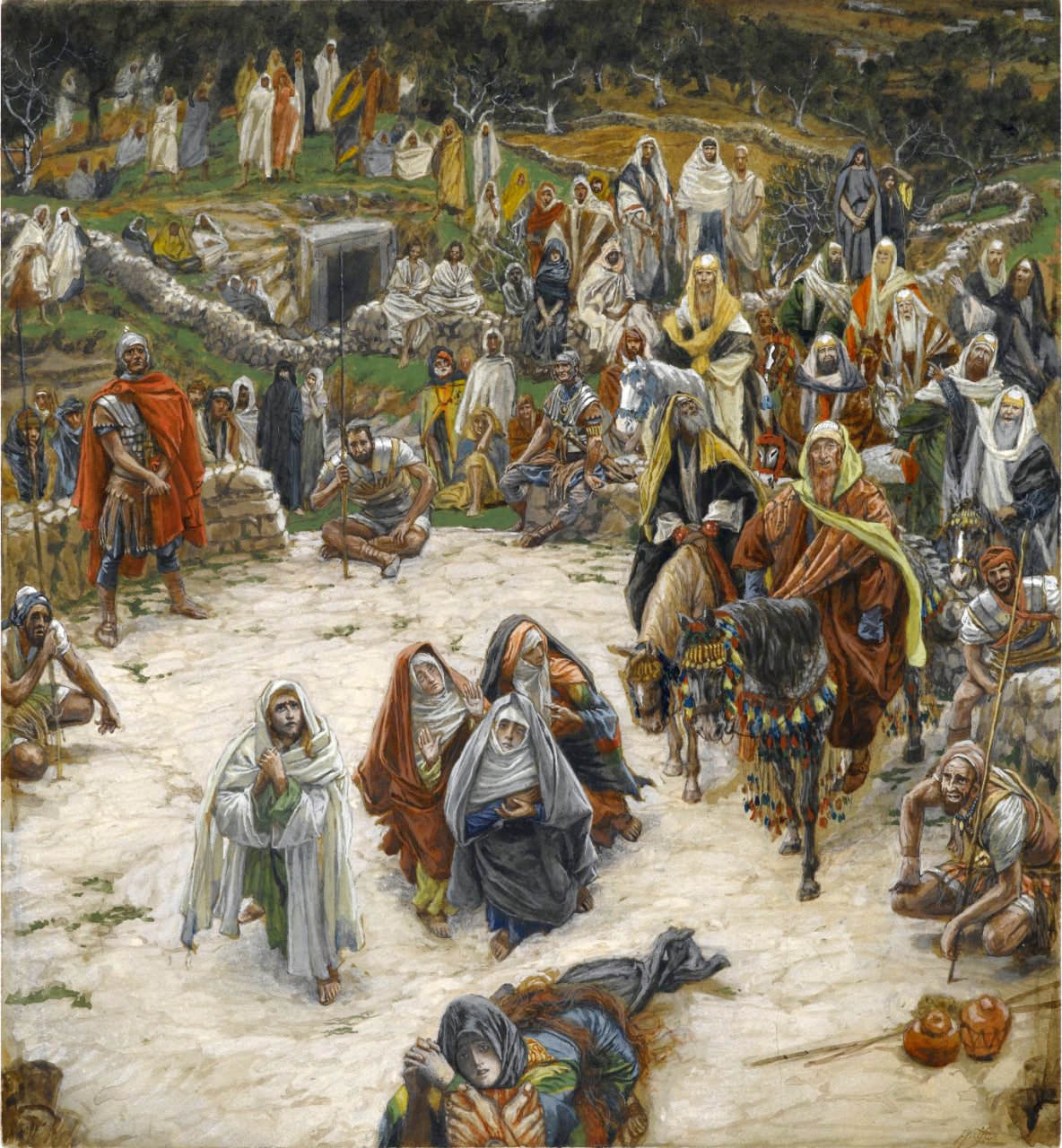
What Our Lord Saw from the Cross is a c. 1890 watercolor painting by the French painter James Tissot. The work is unusual for its portrayal of the Crucifixion of Jesus from the perspective of Jesus on the cross, rather than featuring him at the center of the work.
17. Reuben’s The Descent from the Cross
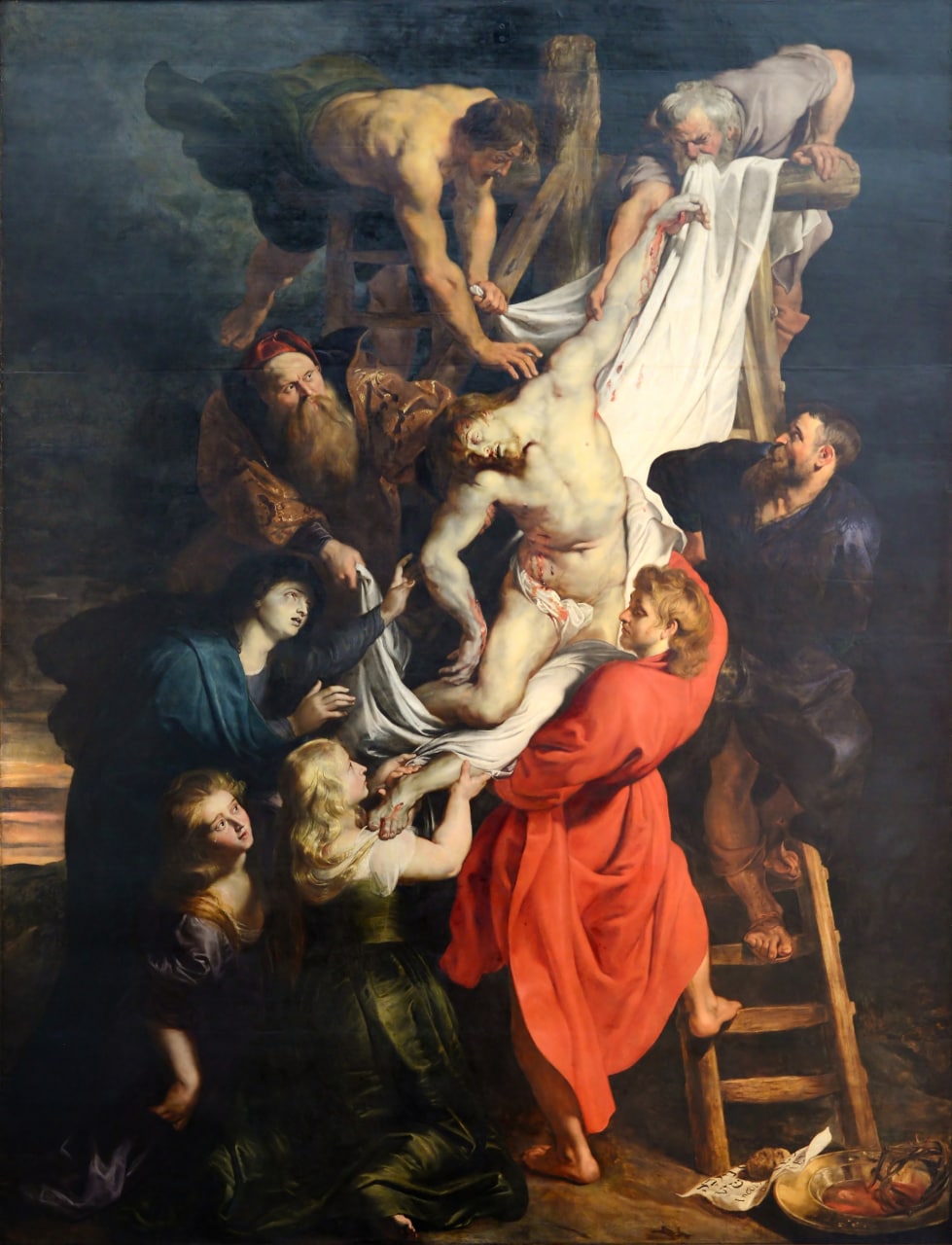
The Descent from the Cross is the central panel of a triptych painting by Peter Paul Rubens in 1612–1614. It is still in its original place, the Cathedral of Our Lady, Antwerp, Belgium, along with another great altarpiece The Elevation of the Cross. The subject was one Rubens returned to again and again in his career.
18. Caravaggio’s The entombment of Christ
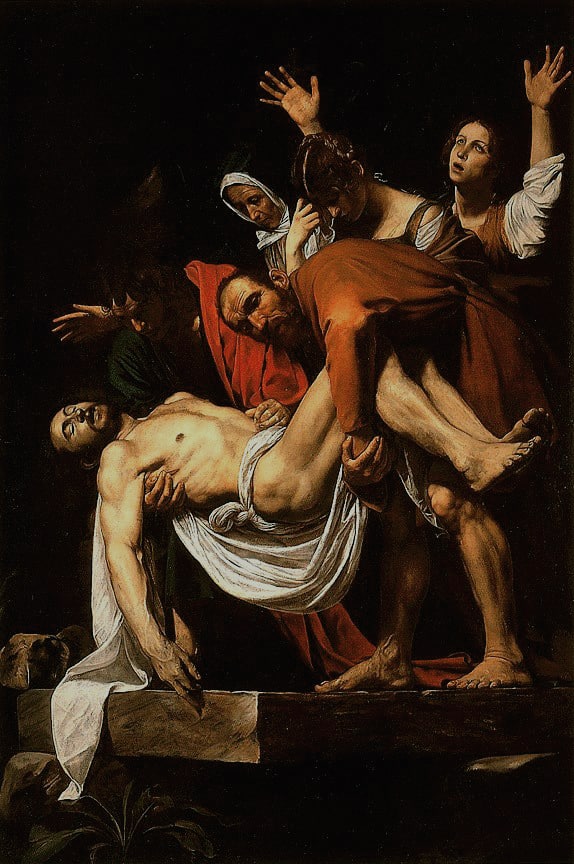
This is considered as Caravaggio’s most admired altarpieces. If you look at Jesus’ body it has been painted so you feel you could nearly touch it, and the figure in orange holding Christ’s legs, his elbow looks as if it is coming out of the painting. This is a characteristic of Baroque painting, where the artist tries to breakdown the space between painting and viewer, so we feel more part of the painting.
19. Piero della Francesca’s The Resurrection
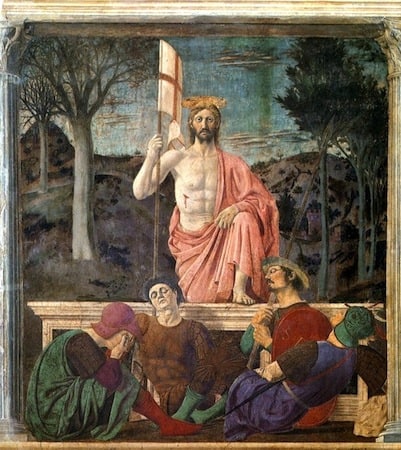
The Resurrection is a fresco painting by the Italian Renaissance master Piero della Francesca, painted in the 1460s in the Palazzo della Residenza in the town of Sansepolcro, Tuscany, Italy. In here, we can see that Christ has been depicted as both man and God. Jesus has been painted with an unidealized face yet his body has been painted as if it was a sculpture, without blemishes.





